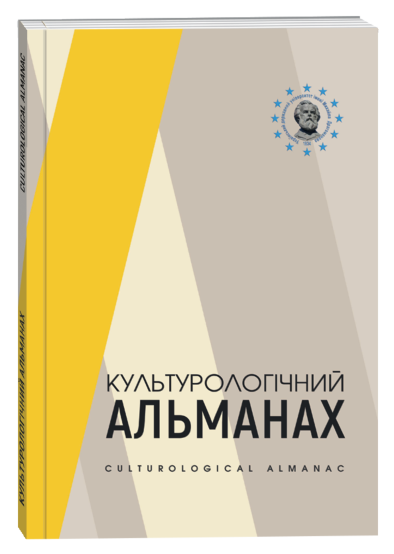TURKIC INFLUENCES ON THE CARPET-WEAVING TRADITIONS OF LEFT-BANK UKRAINE AND BULGARIA (BASED ON COLLECTIONS FROM THE MUSEUMS OF KHARKIV AND SOFIA)
DOI:
https://doi.org/10.31392/cult.alm.2025.1.33Keywords:
kotsi, kotsarstvo, carpet weaving, museums, museification, cultural heritage, culture and traditions of Bulgaria and Ukraine.Abstract
This study explores the Eastern origins of Ukrainian and Bulgarian carpet weaving. The word “carpet” has a Turkic etymology, indicating its Eastern roots. The research examines carpet-making techniques, including the use of vertical looms in Central Ukraine, similar to those in Turkestan. Slobozhanshchyna is particularly noteworthy for its “kotsarstvo”, a type of carpet-making that utilized long wool. The findings suggest that carpet-weaving skills were brought to Slobozhanshchyna by settlers from the right bank of the Dnipro River and formed the basis for Kharkiv’s kotsarstvo.In Bulgaria, carpet weaving developed over centuries as a domestic craft, with skills passed down through generations. Two main techniques emerged: the “prasovalna” (pressing) and “tkana” (woven) methods. In the Kotlen technique, embroidered figures outlined designs, while Chuprene carpets featured small geometric motifs. Natural dyes such as indigo, blue, red, and green were used. Many carpets depicted stylized stars, flowers, and animals.Bulgarian carpets bear similarities to those from Central Asia (Kazakh, Turkish, and Mongolian) in their patterns
References
Бубенок, О. Б. (2015). Центральноазійський слід у килимарстві Центральної України. Східний світ. № 1. С. 5–12.
Буличова, В. В. (2003). Скарби музею Слобідської України у колекції тканин Харківського історичного музею. Восьмі Сумцовські читання: збірник матеріалів наукової конференції, присвяченої 100-річчю XII Археологічного з’їзду, 12 квітня 2002 р. Харків: Майдан. С. 72–76.
Запаско, Я. (1973). Українське народне килимарство. Київ: Мистецтво. 111 с.
Килимарството в България URL: https://bnr.bg/radiobulgaria/post/100230792/kilimarstvoto-v-bylgariya.
Когут, Г. (2003). Серія килимів невідомої полтавської майстерні XVIII ст. Вісник Львівського університету. Серія: Мистецтвознавство. Вип. 3. С. 172–179.
Когут, Г. (2008). Килим 1782 р. зі збірки Музею українського народного декоративного мистецтва у Києві. Вісник Львівського університету. Серія: Мистецтвознавство. Вип. 8. С. 8–14.
Курмушова, Д. (2022). Котленските килими – по-силни от времето. София. URL: https://textile-museum.com/ aktualno/kotlenskite-kilimi-po-silni-ot-vremeto.html.
Сумцов, М. Ф. (1918). Слобожане: історично-етнографічна розвідка. Харків: Союз. 239 с.
Тачева, С. (1909). В люлката на времето. София. URL: https://www.konkurent.bg/news/16991136006595/siyka- tacheva-predstavi-knigata-si-v-lyulkata-na-vremeto-v-montana.
Шегда, І. З.-М. (2019). Феномен харківського коцарства на основі досліджень коців з фондів Харківського історичного музею імені М. Ф. Сумцова музею. Двадцять п’яті Сумцовські читання: збірник матеріалів наукової конференції, до 165-річчя від дня народження М. Ф. Сумцова 18 квітня 2019 р. Харків: Майдан. С. 134–139.
Gyul, Е. Julkhyrs – minimalism aesthetics in steppe art JOZAN. Oriental rug news. URL: https://www.jozan.net/ julkhyrsminimalism-aesthetics-in-steppe-art/








